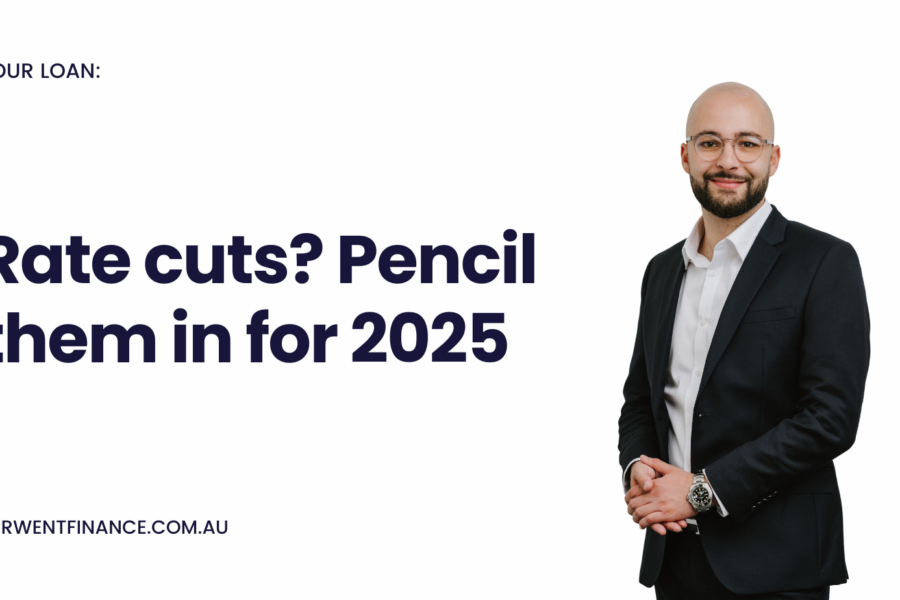If you haven’t checked your borrowing power in 2025, now is the time. With major financial changes this year – including interest rate cuts, Stage 3 tax cuts, and shifts in how lenders assess HECS-HELP debt – there’s a good chance your borrowing capacity is now higher than you think.
Let’s break down what’s changed, and how it could affect how much you can borrow for your next home or investment property.
What Is Borrowing Power?
Your borrowing power (also called borrowing capacity) is the amount a lender is willing to let you borrow based on your financial situation. It’s typically calculated using:
-
Your income
-
Your living expenses
-
Your existing debts
Different lenders use different models, but the key idea is simple: the more disposable income you have, the more you may be able to borrow.
And in 2025, several factors have shifted in your favour.
4 Reasons Your Borrowing Power May Have Increased in 2025
1. Interest Rates Have Dropped
The Reserve Bank has delivered two official rate cuts in 2025, helping to reduce average home loan rates. Variable rates have dropped from around 6.3% to closer to 5.8%.
This makes a big difference in your monthly repayments—and by extension, your borrowing power.
Example: According to Canstar, these rate cuts could increase borrowing capacity by:
-
$23,000 for a single person on an average income
-
$40,000–$45,000 for a dual-income couple
2. Stage 3 Tax Cuts Are in Effect
The Stage 3 tax cuts rolled out earlier this year have left more money in your pocket each pay cycle.
Lower taxes = higher take-home income = more borrowing capacity.
Example: Compare the Market estimates that a couple with no dependents could now borrow up to $47,000 more than they could before the tax cuts.
3. Wages Have Risen
As of 1 July 2025, about 2.9 million Australians received a pay rise thanks to increases in the National Minimum Wage and award wages.
Even if you’re not in that group, your salary may have increased through a promotion, a new job, or a workplace raise. And lenders take that into account when calculating how much you can borrow.
4. Lenders Are Changing How They Treat HECS-HELP Debt
In a welcome change, many lenders now ignore HECS-HELP repayments during borrowing assessments—but only if the debt is small and close to being repaid.
This has helped borrowers who were previously penalised by repayments on relatively low student loan balances.
How to Boost Your Borrowing Power Even Further
Want to increase your borrowing capacity? Here are three quick strategies that could help:
-
Cut unnecessary expenses: The less you spend each month, the more surplus income you have to support a loan. Think about reducing or cancelling unused subscriptions and shopping around for better deals on power and phone plans.
-
Lower your credit card limits: Lenders don’t care about your balance—they care about the limit. Every $10,000 in credit card limit can reduce your borrowing power by around $50,000.
-
Pay down other debts: If you’ve got a personal loan or car loan, try to reduce the balance or pay it off altogether. Lower existing debt = higher borrowing potential.
Ready to Find Out Your 2025 Borrowing Power?
Even if you don’t plan to buy right away, knowing your current borrowing power gives you clarity and control over your financial options.
Whether you’re buying your first home, upgrading, or investing—we can help.
Get in touch to check your updated borrowing capacity and explore smart ways to maximise it in 2025.






